Tricolor Sedum
$29.50 Original price was: $29.50.$20.65Current price is: $20.65.
- Free Shipping over $25
- Fast & reliable delivery options
- Enjoy top quality items for less
- Multiple safe payment methods

Almost every garden has hot, dry spots, often with thin soil, where very little will grow. These spots look barren and bare, and they desperately need an attractive plant that will cover them and bring color and interest where they is now only dullness. These areas may be on sunny slopes, in gravel beside paths or driveways, or among rocks and boulders. You may already have some shrubs or trees growing on them, but even then, the ground underneath needs filling with something interesting.
Places like these are exactly where the Tricolor Sedum will thrive. Thin soil? No problem. Hot and dry? Bring it on. You will be amazed at how well this plant will grow in areas where nothing else can survive. Even in more ordinary conditions, with its beauty the Tricolor Sedum is still a great choice for low-maintenance plantings.
Growing Tricolor Sedum
Tricolor Sedum is a low-growing plant that spreads sideways, but never grows above 6 inches tall. It has long trailing stems that spread across the ground, sometimes rooting and establishing a new plant. Each stem is covered in small, round leaves up to 1-inch long. These run in two rows along the stem and are green in the center with white margins around the edges. The white areas, and sometimes the green areas too, are often tinged with pink.
The leaves are thick and fleshy, but smooth and free of spines. The striking leaf colors vary with the seasons, but always remain attractive all year round. As well, in late spring, and also through the summer, pink flowers appear in clusters, on short stems about 6 inches long. These attractive flowers add another dimension of color and make a beautiful display for several weeks.
Uses in Your Garden
Because of its spreading habit, and a tendency to develop roots on stems as they trail across the ground, Tricolor Sedum is the perfect plant for ground-cover in hot, dry areas with limited soil. Although it roots and spreads, it is never invasive, and can easily be removed if it should chance to go where it isn’t wanted. As well, if you have hard surfaces you want to hide, or old pavers and slabs you want to soften and make more beautiful, Tricolor Sedum can be planted in the spaces between stones, and it will spread and obscure them.
The Tricolor Sedum softens the edges of beds where they meet drives and walkways, covers slopes and prevents erosion, and is a top choice for any rocky or gravel areas. It can be planted beneath specimen shrubs and trees, including dwarf evergreens, to enrich your planting, without adding maintenance tasks to your busy life.
Hardiness
Tricolor Sedum will grow anywhere from zone 3 to 9. This plant will thrive in zone 3, with winter lows of minus 40 degrees, and into zone 9, where there is rarely frost at all. Wherever you live, you can take advantage of this great plant to carpet dull, dry areas in your garden. It will grow in areas with very little soil, or in any well-drained soil in a garden bed. It has no significant pests or diseases, it is not eaten by rabbits or deer, it never needs watering, and it even tolerates harsh urban environments. This truly is ‘no-care-needed’. If you should see any plain green stems, these should be removed, to preserve the special variegations of this plant.
Appearance
Tricolor Sedum is a succulent evergreen. This means that the leaves are fleshy, with a waxy coating. The plant stores water in the leaves, and the waxy coating prevents desiccation, even under very dry conditions. In milder areas it is completely evergreen, and in cold areas it will remain green under the snow. Even if the leaves do fall in winter, it quickly re-sprouts in spring. Although it is very drought-tolerant, it is not a cactus, so it has no sharp thorns or spines to cause injury, even to small children.
History and Origins of the Tricolor Sedum
Creeping stonecrop (Sedum spurium) is also called two-row stonecrop, because the leaves grow in two parallel rows along the stems. It grows wild in rocky places in eastern Europe, Armenia, Kurdistan and Iran. It survives where very little else will, which is why it is so adaptable to difficult places in our gardens. Numerous forms with colored leaves have been collected over the years. For example, the Voodoo Sedum is another valuable variety, with dark red leaves and flowers.
For an exciting effect, mix that variety with the Tricolor Sedum and create a colorful carpet in your garden. The variety ‘Tricolor’ has existed for many years, but its exact origins have been lost. Our plants are propagated by stem cuttings from correctly identified plants. Avoid cheaper seedling forms, that will usually be plain green, and in no way comparable with the exciting color blend of the Tricolor Sedum.
Be the first to review “Tricolor Sedum” Cancel reply
Related products
Black-Eyed Susan
Perennials
Perennials
Coreopsis
Perennials
Perennials
Perennials
Liriope

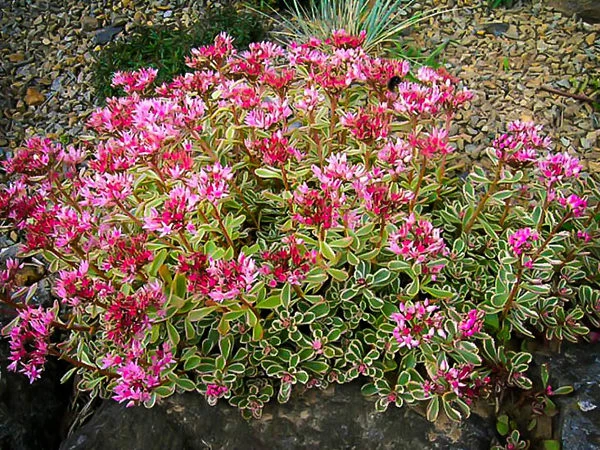
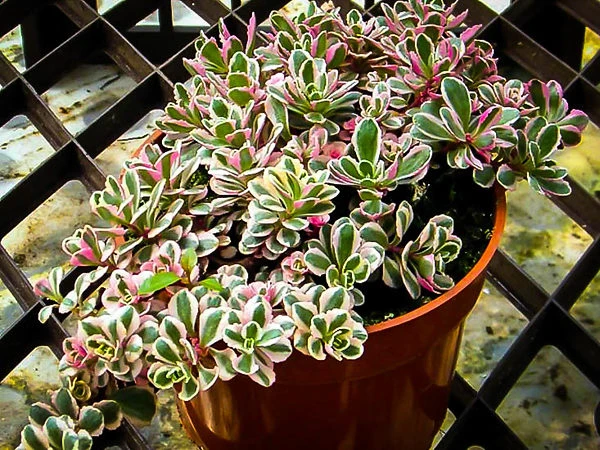
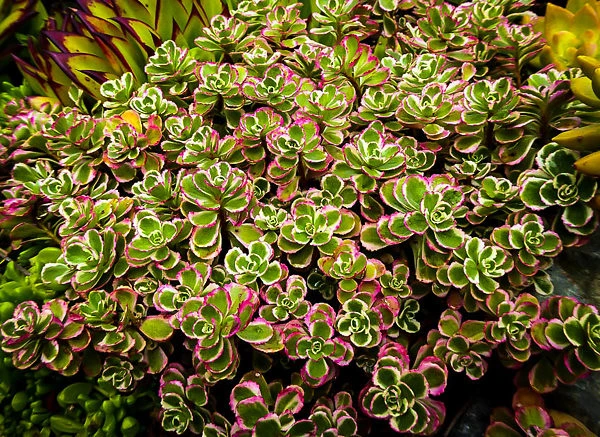
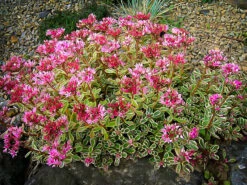
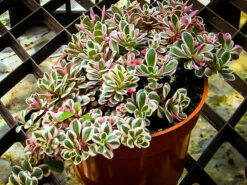
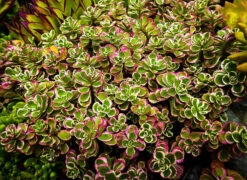
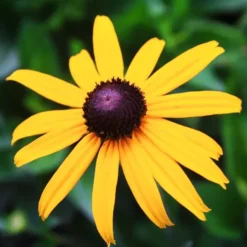
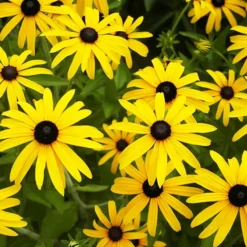

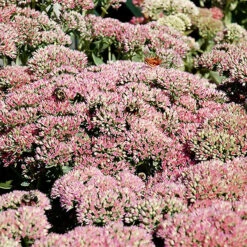

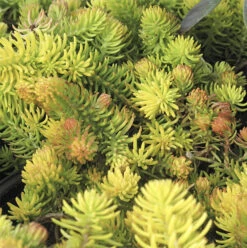

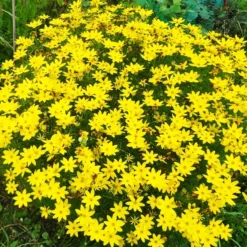
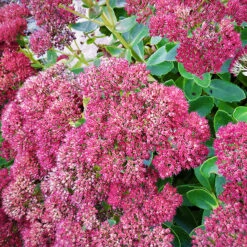
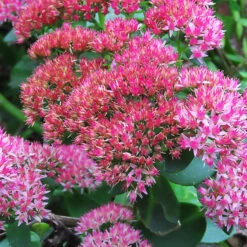
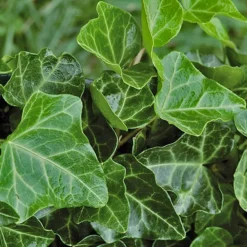
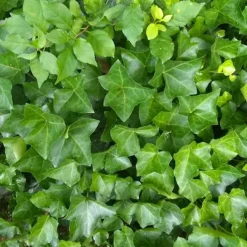
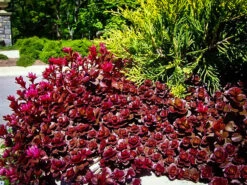
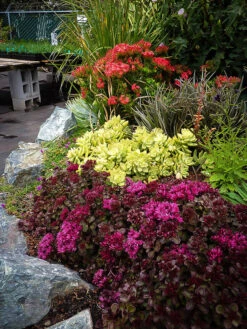
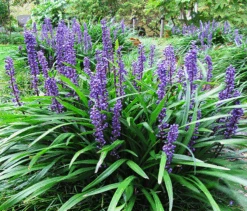
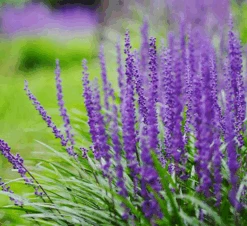
Reviews
There are no reviews yet.